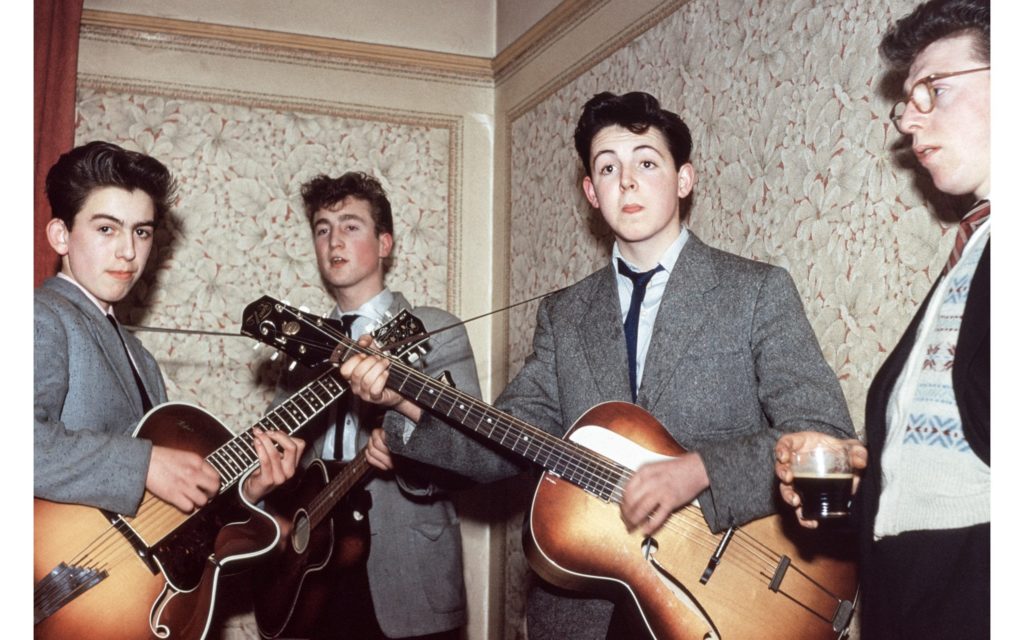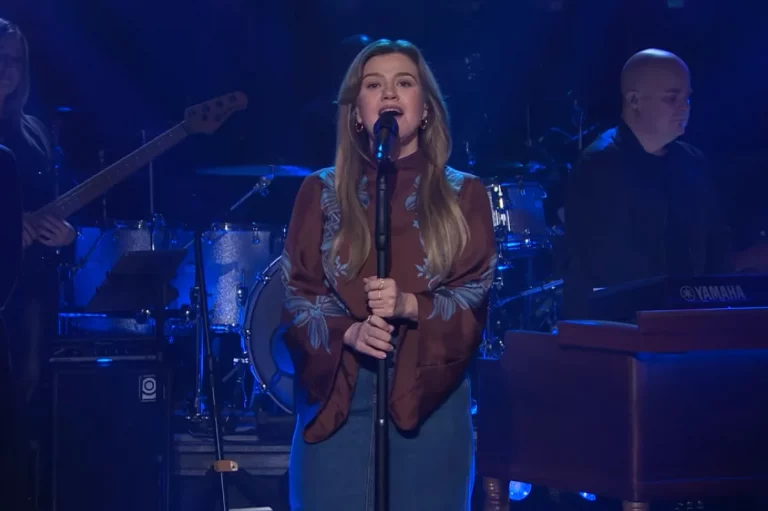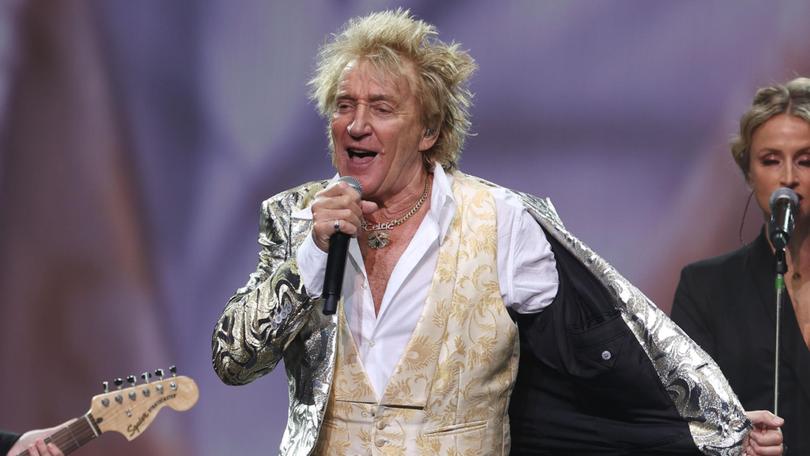In 2003, the Rock & Roll Hall of Fame witnessed one of its most electrifying moments when AC/DC, the thunderous force behind some of rock’s most unforgettable anthems, was officially inducted. To commemorate the honor, they delivered a scorching performance of “You Shook Me All Night Long”—but this time, with a special twist: Steven Tyler, the dynamic frontman of Aerosmith, joined them on stage.
What followed was pure rock & roll magic.
With AC/DC’s signature riff kicking things off and Tyler’s raw, unmistakable voice crashing in, the performance surged with adrenaline. “You Shook Me All Night Long,” a centerpiece of their legendary 1980 Back in Black album, has always been a stadium shaker—but with Tyler adding his vocal firepower, the track reached a new level of intensity.
From the very first chords, the crowd was on its feet, the atmosphere electric. Angus Young, in his trademark schoolboy outfit, tore through the guitar licks with his usual fervor, while Tyler prowled the stage with explosive charisma. Their synergy was undeniable—a meeting of two icons from different corners of the rock universe, blending seamlessly into one unforgettable performance.
The moment wasn’t just a celebration of AC/DC’s career—it was a powerful tribute to the unifying spirit of rock music. Here were two of rock’s most enduring giants, coming together to remind the world why this music moves us like no other. It was gritty, loud, and gloriously over-the-top—the very essence of rock & roll.
Today, that performance remains etched in rock history and continues to rack up millions of views, serving as a time capsule of everything that makes live rock performances legendary.
AC/DC’s Hall of Fame induction honored their trailblazing legacy, but it was this high-voltage collaboration with Steven Tyler that turned the night into an all-time classic—one that fans still revisit for a dose of pure, unfiltered rock glory.










